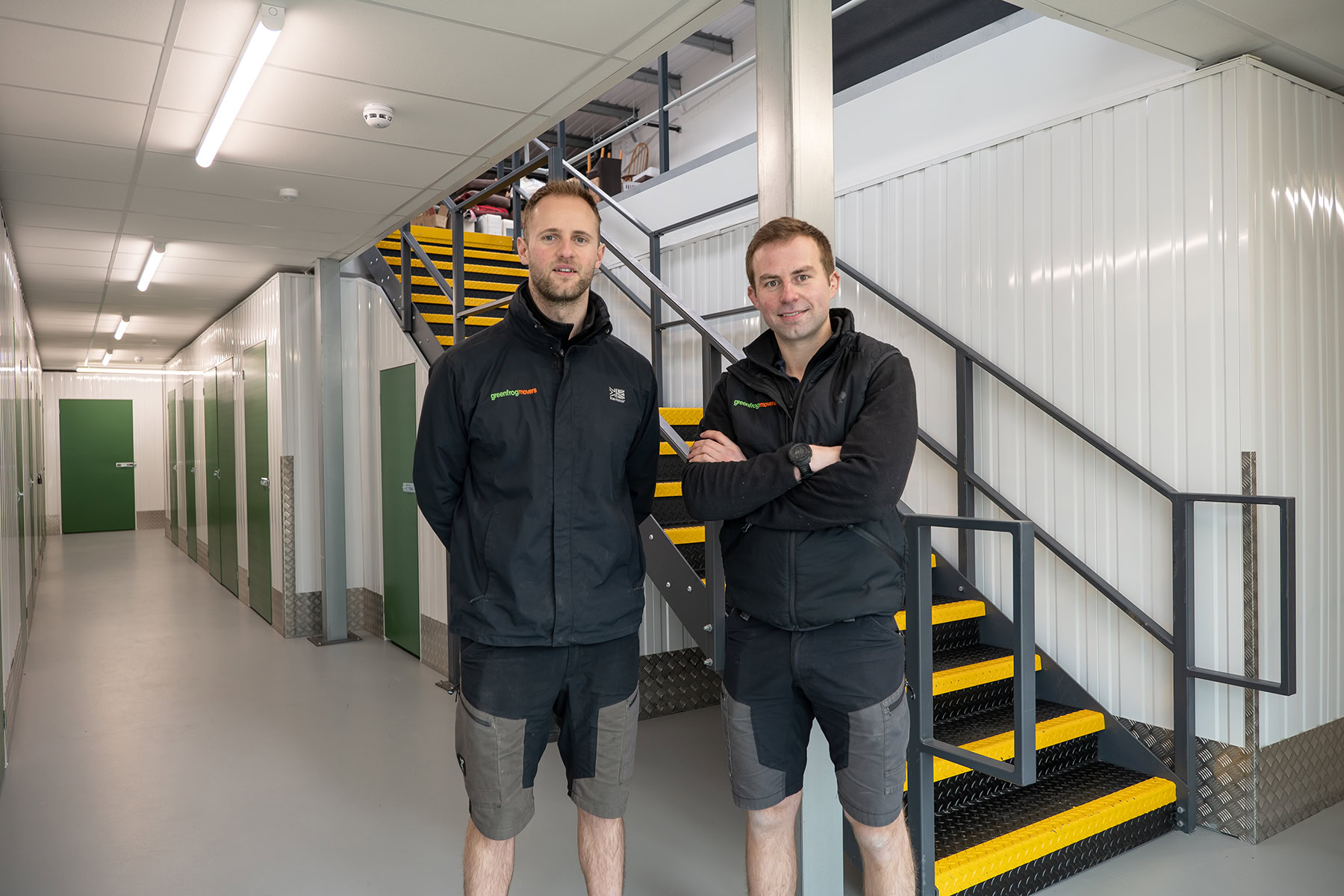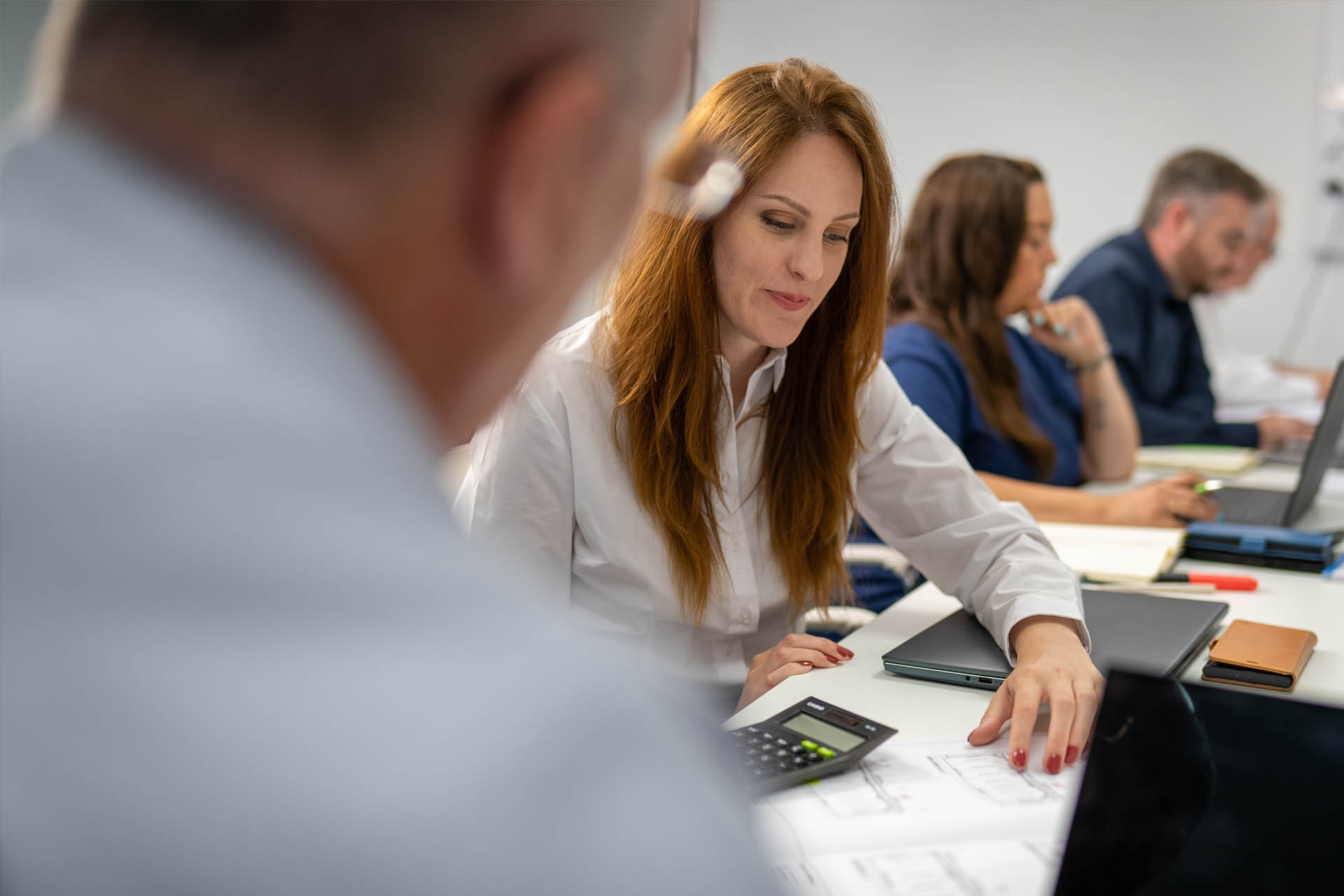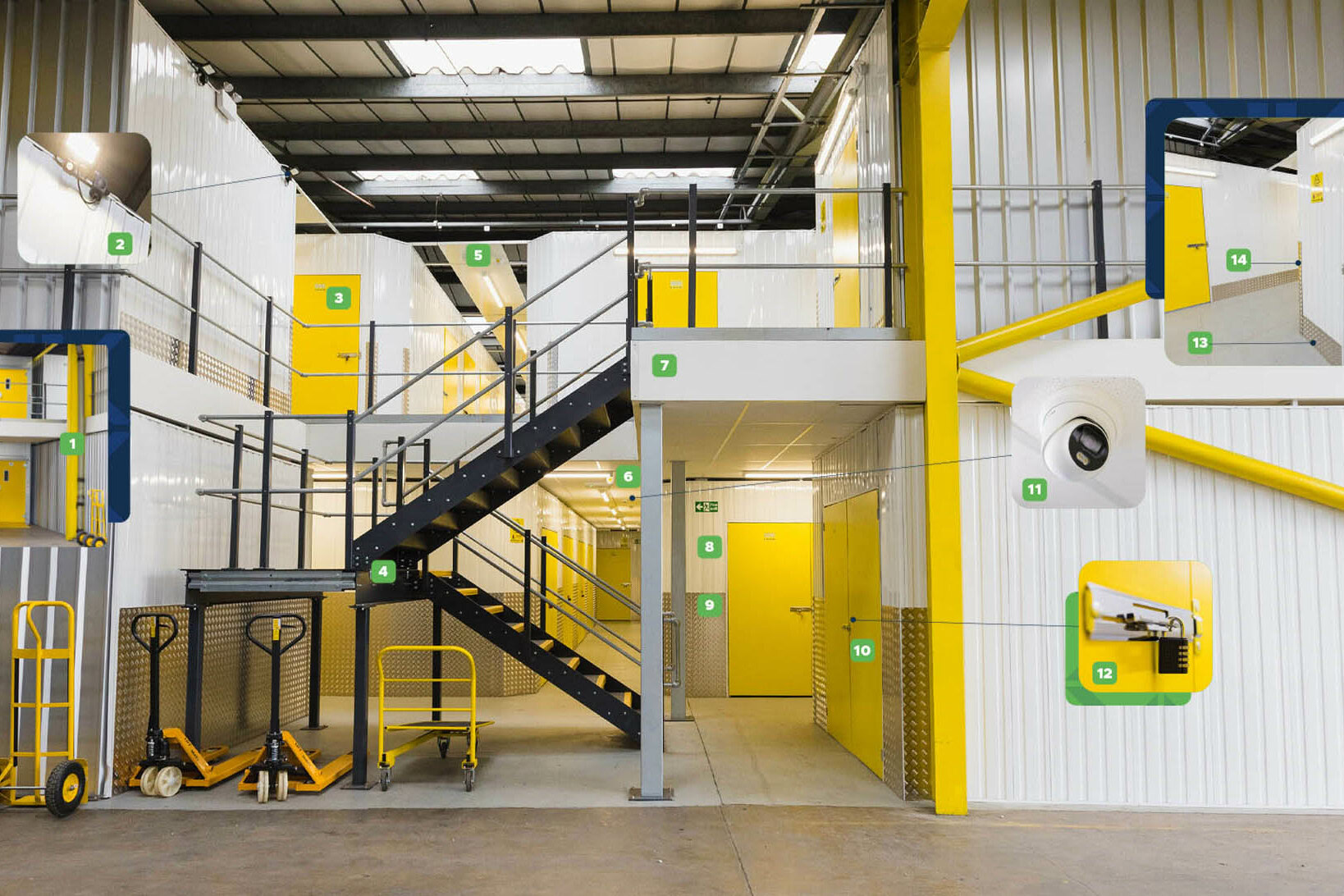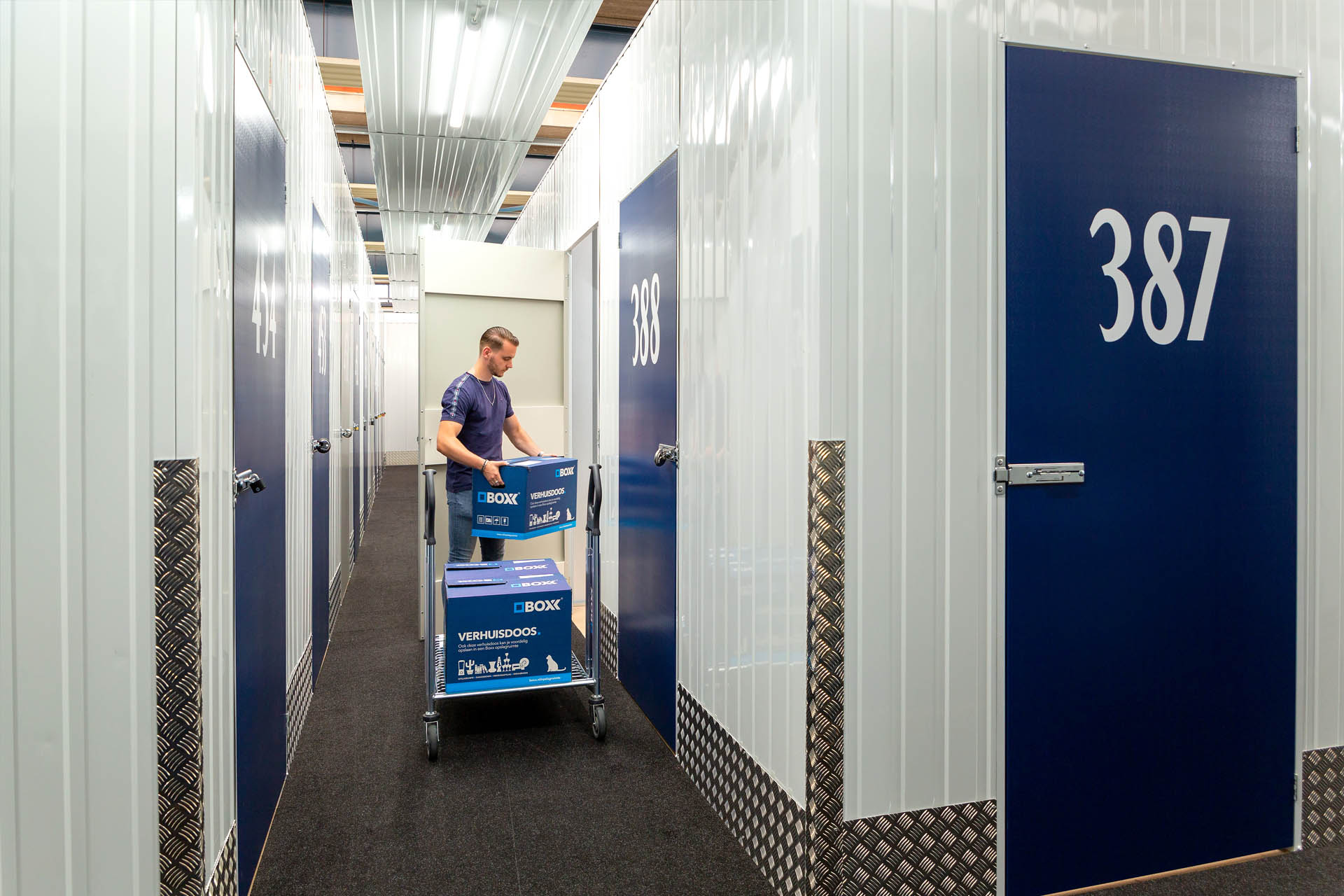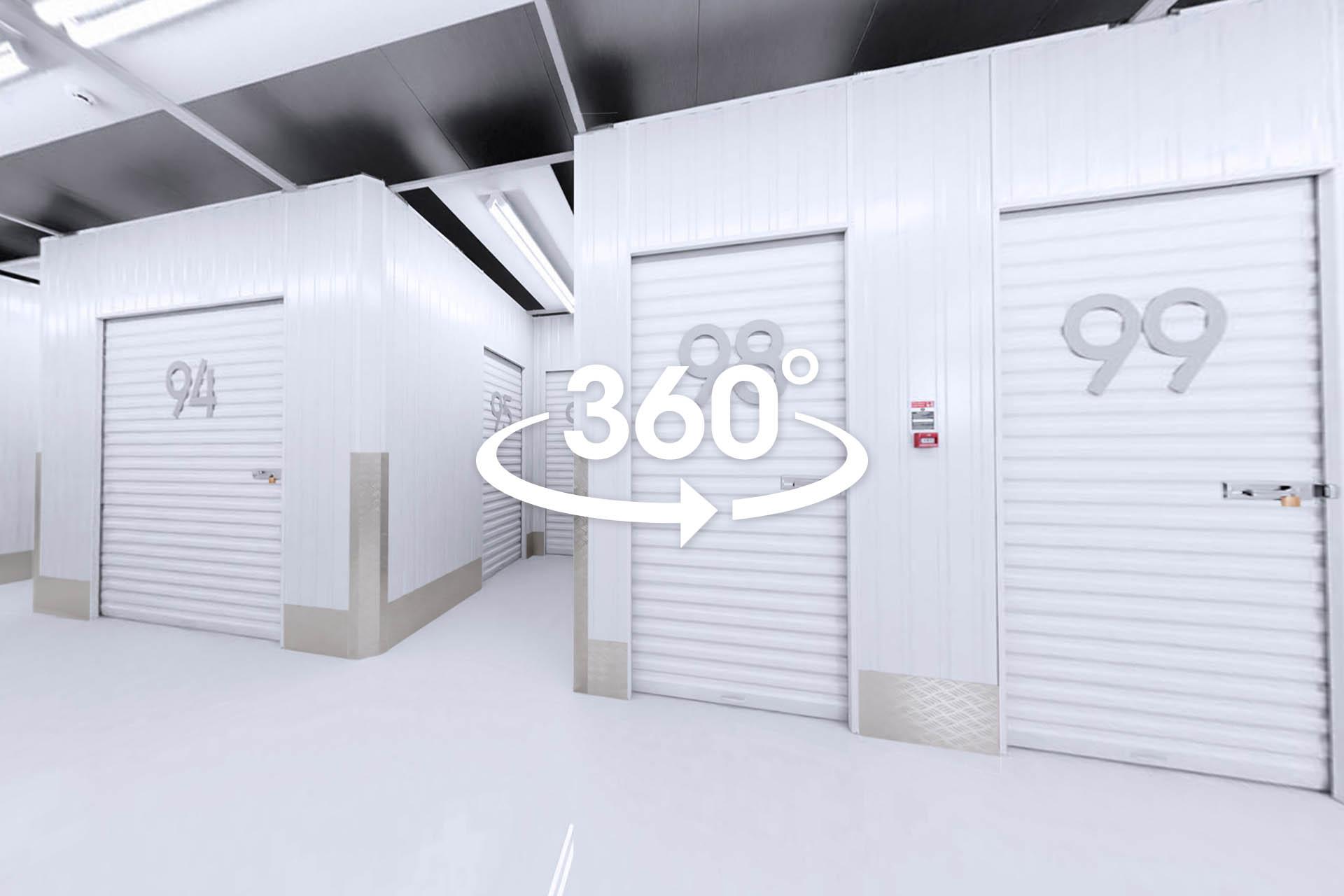Designing a self storage facility is a complex but rewarding process that requires careful planning and attention to detail. For customers looking to build a self storage facility, understanding the design process and key considerations can help ensure the creation of a successful, efficient, and profitable storage space.
The Self Storage Design Process
1. Initial Consultation
The journey begins with an initial consultation, where you discuss your requirements, budget, and vision for the facility. This stage involves:
- Understanding your goals and the purpose of the facility.
- Assessing the available space and location.
- Identifying target market and potential customer needs.
2. Site Assessment and Planning
A thorough site assessment follows, where experts evaluate the space to determine the best layout. This includes:
- Measuring the area
- Identifying potential challenges
- Creating a preliminary design plan
3. Conceptual Design and Layout Planning
Based on the site assessment, a conceptual design is developed. This step involves:
- Creating a detailed layout of the facility, including unit sizes, corridors, and common areas.
- Ensuring optimal space utilisation and easy navigation.
- Considering security measures and customer convenience.
- Selecting materials and finishes
- Incorporating additional features like lighting and security systems
4. Review and Approval
You’ll reviews the design plan, providing feedback and requesting any necessary changes. Once the design is approved, the project moves to the installation phase.
5. Installation
Professional installers set up the facility according to the approved design. You’ll revive a checklist to make sure the building is ready for work to commence. This stage includes:
- Erecting partitions and installing doors
- Adding kicker plates, wall guards, and other accessories
- Setting up lighting and security systems
6. Final Inspection and Handover
After installation, a final inspection ensures everything is in place and functioning correctly. The facility is then handed over to the customer, ready for use.
Key Considerations for Operators
Market Demand and Target Audience
Understanding the local market demand and identifying your target audience is crucial. Consider the types of storage units that are most needed—whether small lockers, large units, or climate-controlled spaces. Tailoring your facility to meet these demands can significantly impact its success.
Budget and Financial Planning
Establishing a clear budget and financial plan is essential. Consider all costs involved, including construction, materials, labor, and ongoing operational expenses. Factor in potential revenue based on occupancy rates and pricing strategies to ensure a positive ROI.
Location and Accessibility
The location of your self storage facility plays a significant role in its success. Choose a site that is easily accessible, visible, and located near residential areas or businesses that may need storage solutions. Good road access and ample parking are also important considerations.
Security and Safety
Investing in robust security and safety measures is vital to protect your customers’ belongings and build trust. Implement features such as surveillance cameras, electronic access control, individual unit alarms, and fire safety systems.
Scalability and Flexibility
Design your facility with scalability and flexibility in mind. The ability to expand or reconfigure units based on changing market demands can provide a competitive edge and ensure long-term viability.
Customer Experience
Creating a positive customer experience can set your facility apart from competitors. Consider amenities such as clean and well-lit spaces, easy-to-navigate layouts, helpful staff, and additional services like packing supplies or moving assistance.
Compliance and Permits
Ensuring compliance with local building codes, zoning laws, and obtaining necessary permits is crucial to avoid legal issues and ensure the smooth and lawful operation of your self storage facility.
Conclusion
Designing a self storage facility is a multifaceted process that requires careful planning and consideration. By understanding each step of the design process and considering key factors such as market demand, budget, location, security, scalability, and customer experience, you can create a successful and efficient self storage facility that meets the needs of your customers and delivers a strong return on investment.
Keep up to date with the latest self storage news and insights here.
Design your ownSelf Storage Facility
Bring your Self Storage vison to life with our interactive unit visualiser tool
Resources
You may also be interested in...
How to Start a Self Storage Business
Your personal guide to to starting a self storage business
Self Storage Investment: Why Invest?
Investing in self storage can be a lucrative and…
Self Storage Fit Out Options
Deciding to build a self storage facility is a significant step, but understanding the various fit-out options available is crucial to create a versatile, efficient and profitable self storage facility.
Case Studies
Discover real-life examples of our clients…
Unit Visualiser
Design your own facility. Bring your self storage vision to life and see how your interior space will look and feel.
